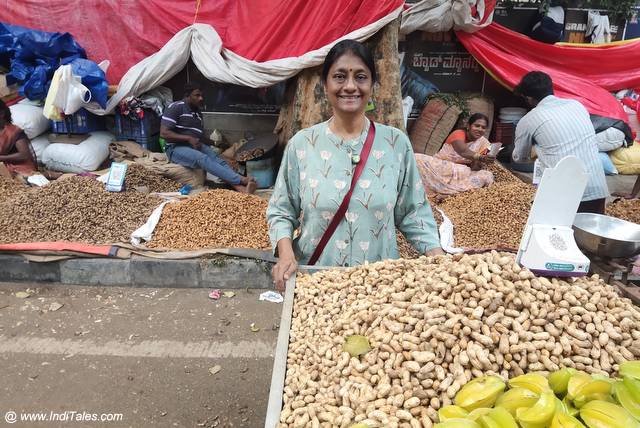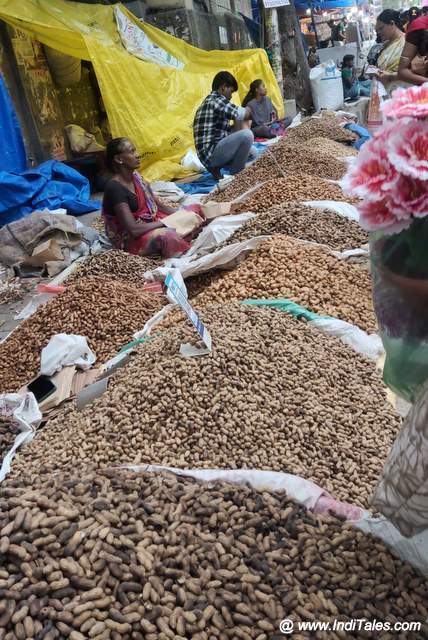Kadlekai Parishe is a unique festival of Bangalore that celebrates the Kadlekai that the speaking population knows as Groundnuts or Peanuts. We Hindi speakers call it Moongfali. It is a basic nut that is used extensively in Indian cooking both as a nut and for its oil. It is rich in protein, and fiber and is a known anti-oxidant.
Culturally, we hear peanuts when we get paid less than expected. But here is the celebration of the very nut. It is the celebration of local food with all its diversity.

Roasted groundnuts are my favorite childhood and youth memory. On cold winter evenings, sit in a Rajai or quilt with a basket full of roasted peanuts while watching television.
During my travels, I have found them across India. In UP they sell it with masala salt. In Punjab, we eat with jaggery to ensure that the throat does not go too dry. Called Shenga in Maharashtra, the peanut chikki of Lonavala is unforgettable. Eastern parts of India call it Baadam. It is an essential part of cuisine across India.
History of Kadlekai Parishe, Bengaluru
Long before the birth of the metropolis of Bangalore, the area around what is Basavanagudi today was full of villages. Groundnuts were the staple crop that was grown in villages like Mavalli, Gavipuram, Guttahalli, Sunkenahalli, and Dasarahalli. Sunkenahalli was probably the village where it all started.


Once upon a time, a raging bull started destroying all the ready-to-harvest groundnut crops. It especially happened on the full moon nights. So, to pacify him, farmers started offering the first harvest to the bull and prayed to him. They sought his blessings for a good crop.
Around the same time, a large monolithic stone Murti of Basava or Nandi bull in crouching posture was found in the same area in 1537 CE. It is one of the biggest Basava Murtis like the one at Chamundi Hills in Mysore or Lepakshi Temple in Andhra Pradesh.
Remember, the 16th CE was the time of Kempegowda in Bangalore. He had the temple built around the Basava Murti on top of a hill. Yes, this place was a hillock then. This is the famous Bull temple of Basavanagudi. Yes, the area gets its name from the temple. The farmers continue to follow the age-old tradition of offering the groundnut crop at the temple.
An inscription at the base of the Bull tells us that this was the origin of the Vrishbhavati river that merges into Arkavati a little north of this area.
Other…
Click Here to Read the Full Original Article at Inditales…